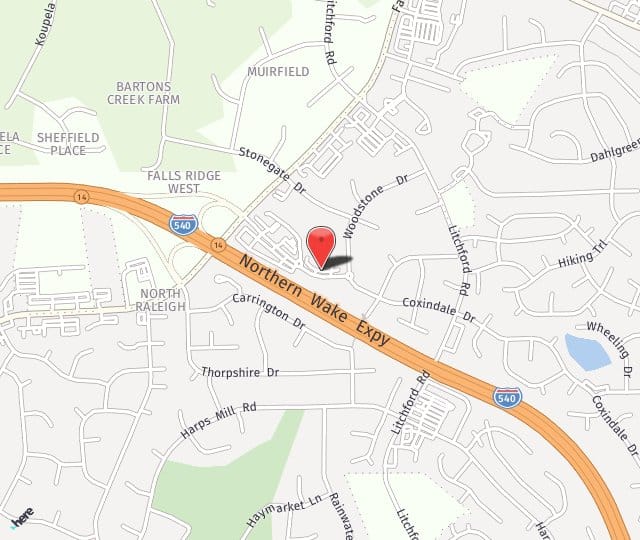Spider veins (telangiectasia) are small, thin blood vessels visible beneath the skin. They usually develop on the face or legs and may look like a series of thin tree branches or strands of a spider web. Although most spider veins are only a cosmetic issue, for some people they can cause uncomfortable symptoms such as aching, burning, swelling, and leg-cramping.
Spider veins are extremely common, affecting half of the adult population of the United States. Many patients seek treatment to eliminate spider veins when they develop on prominent areas such as the legs or face. Many spider-vein treatments are highly effective and minimally invasive, offering aesthetically pleasing results without painful or lengthy downtime.
Causes of and Risk Factors for Spider Veins
Spider veins develop from a backflow of blood in the veins. This condition, which results from damaged valves in the veins, is called "venous reflux." As blood collects in these veins, their walls distend. This increases the size of the veins and makes them visible under the surface of the skin. Risk factors for developing spider veins include the following:
- Increasing age
- Hormonal changes
- Pregnancy
- Obesity
- Lack of exercise
- Sun exposure
Having a family history of spider veins is also a risk factor for developing them.
Diagnosis and Treatment of Spider Veins
Spider veins, which are diagnosed through a physical examination of the patient, an analysis of symptoms, and, sometimes, diagnostic ultrasound, can be treated in several ways, all of which are minimally invasive.
Compression Stockings
The simplest solution for treating spider veins is for the patient to wear compression stockings, which put pressure on the affected veins and promote blood flow back to the heart. This method is designed to control the symptoms of spider veins, not remove them.
Sclerotherapy
Sclerotherapy involves injecting a sclerosant, a solution designed to collapse them, into the veins. This procedure is performed at Raleigh Vein and Laser Center. Each treatment takes approximately 30-40 minutes, and a typical patient requires two to four treatments.
Cynosure Laser
Cynosure laser is used in the treatment of spider veins of the face, body and legs.
Prevention of Spider Veins
Although there is no sure way to prevent spider veins, making certain lifestyle changes may reduce the risk of developing them. Lifestyle changes include losing weight, exercising regularly, and wearing support stockings and comfortable, flat shoes. It is also important to move the legs frequently, especially during long periods of sitting or standing in one place.
